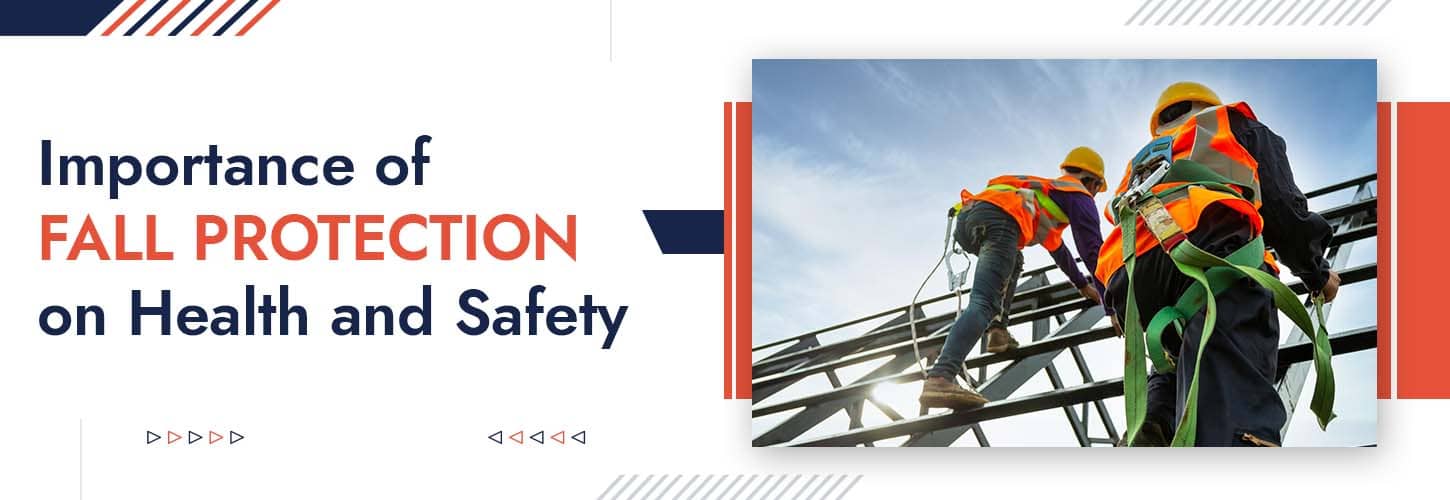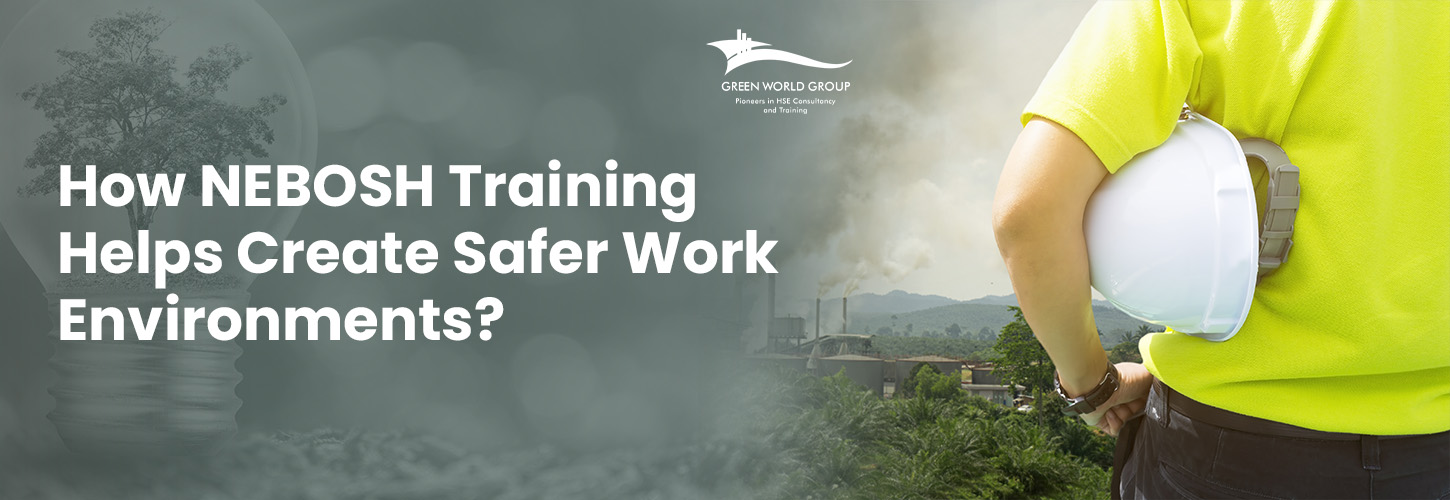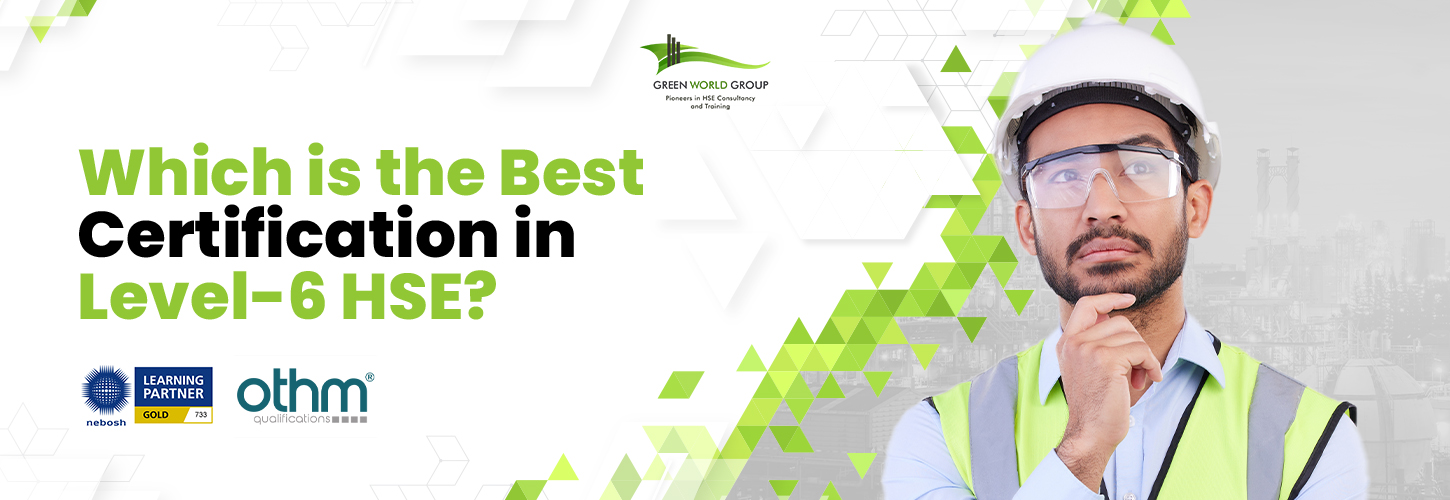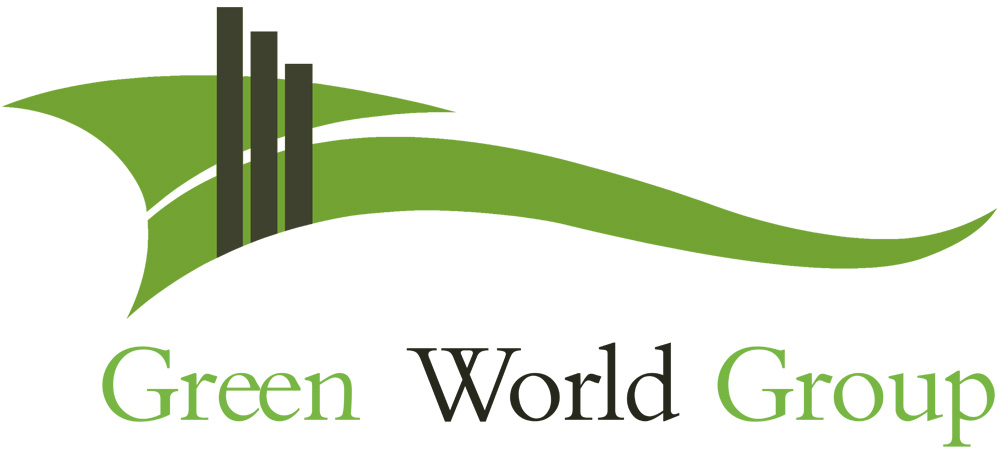Fall protection is an essential component of workplace safety, particularly in industries where employees work at heights or on elevated surfaces. Falls are one of the leading causes of workplace injuries and fatalities, and fall protection measures can help prevent these incidents from occurring.
One common misconception about fall protection is that it only applies to workers who are working at great heights, such as construction workers working on tall buildings. However, fall protection is necessary in many other industries as well. For example, workers who perform tasks on roofs, elevated platforms, or scaffolding are also at risk of falling and require fall protection measures.
Fall protection refers to a variety of strategies and equipment used to prevent falls and protect workers who may be at risk of falling. These can include guardrails, safety nets, personal fall arrest systems, and other devices designed to keep workers safe.
One important aspect of fall protection is the identification of fall hazards in the workplace. This can include identifying areas where workers are at risk of falling, such as open-sided floors or elevated platforms. Another important component of fall protection is the use of appropriate equipment. Personal fall arrest systems, for example, typically consist of a full-body harness, a lanyard, and an anchor point. The harness is worn by the worker and attached to the lanyard, which is then connected to the anchor point. If a fall occurs, the lanyard will deploy, arresting the worker’s fall and preventing them from hitting the ground.
As per OSHA, in workplaces related to general industry, fall protection must be provided when working at a height of four feet. However, in shipyards, it is required at a height of five feet, and in the construction industry, it is necessary at a height of six feet. Longshoring operations require fall protection at a height of eight feet.
Employers Responsibilities:
Employers should conduct regular hazard assessments to identify potential fall hazards, work with safety professionals to identify appropriate fall protection measures for their specific workplace and implement controls to address them.
Employers should ensure that all fall protection equipment is properly maintained and inspected regularly to ensure that it is in good condition and functioning properly. This can include inspecting harnesses for wear or damage, checking anchor points to ensure they are secure, and testing safety nets to ensure they can withstand the weight of a falling worker.
Training is also an important aspect of fall protection. Employers should provide all workers who may be at risk of falling with appropriate training on the proper use of fall protection equipment, as well as on the identification and control of fall hazards. Workers should also be trained on emergency procedures in the event of a fall, including rescue and first aid.
In addition to the physical equipment and training needed for fall protection, there are also administrative controls that can be implemented to improve safety. This can include limiting access to elevated areas only to workers who have received appropriate training and are authorized to work in those areas. Employers can also implement policies and procedures to ensure that workers do not engage in behaviors that increase their risk of falling, such as working in adverse weather conditions or using ladders inappropriately.
Employers should also conduct regular inspections and audits of fall protection measures to ensure that they are effective and being used properly. Inspections should include both the equipment being used for fall protection, as well as the work areas where falls could occur. Any issues or concerns that are identified should be addressed immediately to ensure the ongoing safety of workers.
In conclusion, fall protection is an essential component of workplace safety. Employers should identify potential fall hazards, provide appropriate fall protection equipment and training, implement administrative controls to improve safety, conduct regular inspections and audits, and work with safety professionals to identify appropriate fall protection measures for their specific workplace. By taking these steps, employers can create a safe work environment and prevent falls and related injuries and fatalities thereby protecting the health and wellbeing of their workers
Considerations while using a fall protection:
It is important to remember that fall protection is not a one-size-fits-all solution. Different industries and work environments may require different fall protection measures based on the specific hazards and risks present.
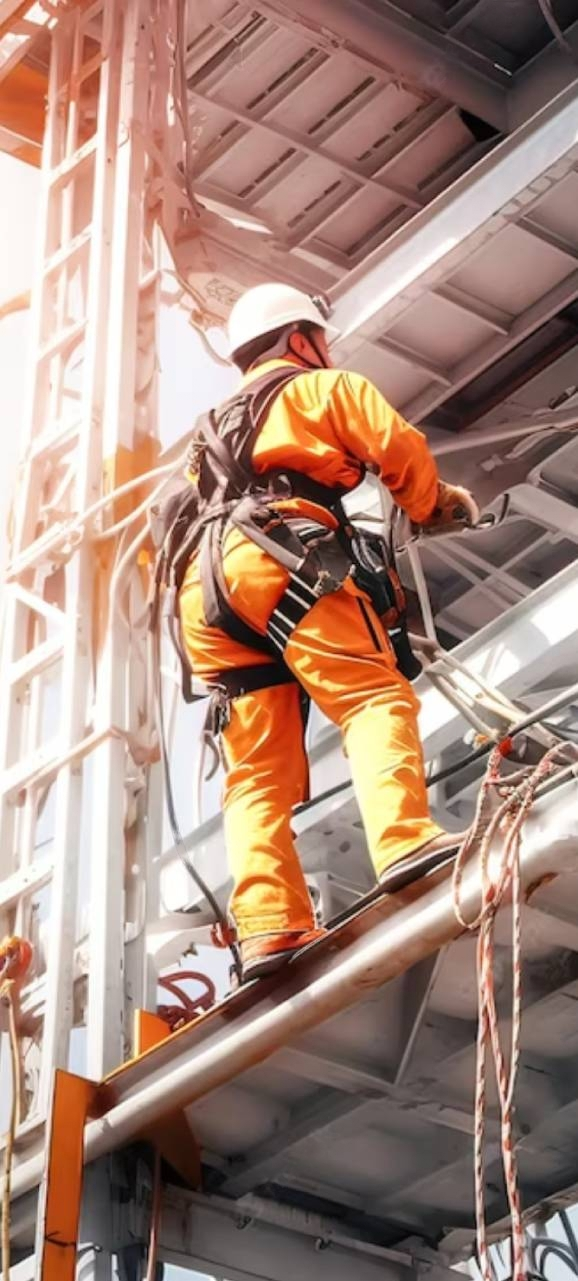
- Fall protection equipment should be selected based on the specific tasks being performed and the potential fall hazards present. For example, a safety harness may be appropriate for a worker performing tasks on a roof, while a safety net may be necessary for workers performing tasks on a bridge or elevated roadway.
- Employers should also consider the weight and height of workers when selecting fall protection equipment. Equipment that is not designed for the weight or height of the worker may not provide adequate protection in the event of a fall.
- Fall protection equipment should be properly fitted and adjusted to ensure that it is effective. For example, a safety harness that is too loose may allow a worker to fall too far, while a harness that is too tight may restrict movement and be uncomfortable for the worker.
- Workers should be trained on the proper use and care of fall protection equipment, as well as on the potential hazards associated with their work environment. This can help workers recognize potential fall hazards and take appropriate precautions to avoid them.
- Employers should also consider the potential for secondary injuries in the event of a fall. For example, a worker who falls and is suspended in a harness for an extended period may experience circulation issues or other medical problems. Employers should have procedures in place to address these types of issues and provide appropriate first aid and medical attention.
- Regular maintenance and inspection of fall protection equipment is also critical. Employers should follow manufacturer’s guidelines for maintenance and inspections, and should have procedures in place to ensure that equipment is checked regularly for wear, damage, or other issues that could impact its effectiveness.
- Finally, employers should encourage a culture of safety in the workplace. This can include providing regular safety training, promoting open communication about safety concerns, and recognizing and rewarding workers who prioritize safety in their work.
- By following these best practices and implementing appropriate fall protection measures, employers can create a safe work environment and protect the health and wellbeing of their workers.
Components of Fall protection (Personal fall arrest):
Fall protection systems typically consist of three main components: the anchor, the harness, and the lanyard. Here is a brief overview of each component:
1. Anchor: The anchor is the point where the fall protection system is attached to a stable structure or support. The anchor must be strong enough to support the weight of the worker and the force of a fall.
2. Harness: The harness is worn by the worker and is designed to distribute the force of a fall across the body, reducing the risk of injury. A well-fitted harness should have multiple attachment points and should be adjustable to fit the worker properly.
3. Lanyard: The lanyard is the connecting device that attaches the harness to the anchor. The lanyard should be made of strong, durable material and should be the appropriate length to prevent the worker from hitting the ground in the event of a fall.
In addition to these three main components, fall protection systems may also include other safety equipment such as safety nets, guardrails, and personal fall limiters. Safety nets are typically used in construction and industrial settings and are designed to catch workers who fall from elevated heights. Guardrails are barriers that prevent workers from falling off an elevated platform or structure. Personal fall limiters, also known as self-retracting lifelines, are devices that automatically stop a fall and minimize the distance that a worker falls.
Employers should ensure that all fall protection components and equipment are properly designed, installed, maintained, and used by workers in accordance with manufacturer’s instructions and applicable safety regulations. They should also conduct regular inspections and audits to ensure that all fall protection systems are in good working order and that workers are using them properly.

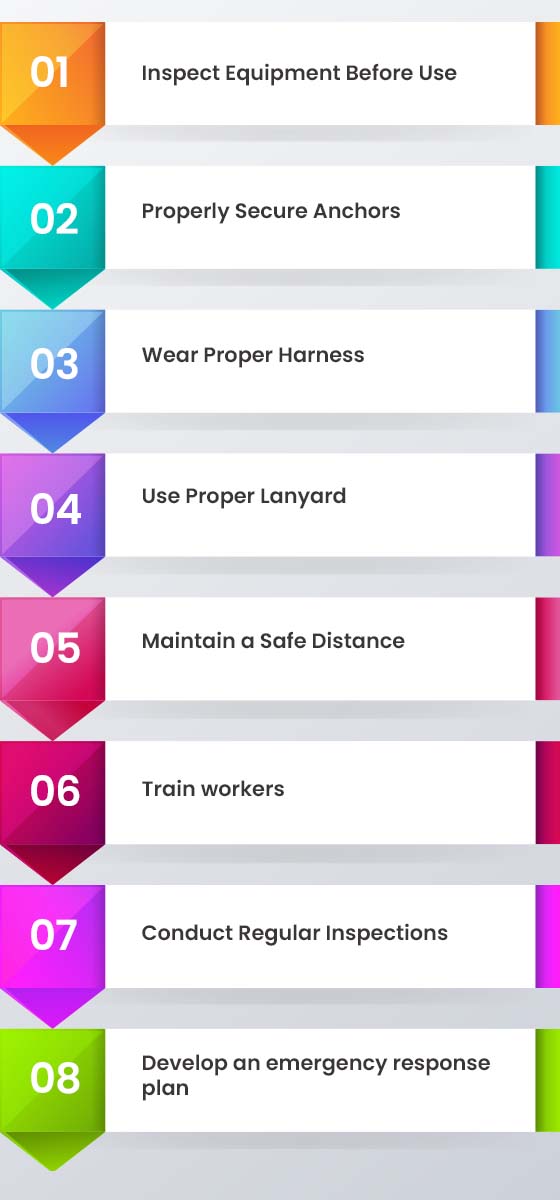
Additional instructions to consider when working with fall protection systems:
1. Inspect equipment before use: Workers should inspect all fall protection equipment before each use to ensure that it is in good working order. Any equipment that is damaged, worn, or otherwise compromised should be removed from service immediately and replaced.
2. Properly secure anchors: Anchors must be secured to a stable and structurally sound surface or support. They should also be positioned to allow for the proper attachment of lanyards and other connecting devices.
3. Wear proper harness: Workers should wear a harness that fits properly and is appropriate for the task being performed. The harness should be adjusted to fit snugly and comfortably, and all attachment points should be secured.
4. Use proper lanyard: Workers should use a lanyard that is appropriate for the task being performed. Lanyards should be the correct length to prevent a worker from falling too far, and should be made of strong, durable material.
5. Maintain a safe distance: Workers should maintain a safe distance from unprotected edges or other fall hazards. Employers should provide guardrails or other protective barriers to prevent workers from falling off an elevated surface.
6. Train workers: All workers should receive proper training on the use of fall protection equipment and the potential hazards associated with working at height. Workers should also be trained on how to properly inspect and maintain their equipment.
7. Conduct regular inspections: Employers should conduct regular inspections of all fall protection equipment to ensure that it is in good working order. Inspections should be conducted by a qualified person and should follow manufacturer’s guidelines.
8. Develop an emergency response plan: Employers should develop an emergency response plan in the event of a fall. This plan should include procedures for providing immediate medical attention and rescuing the worker.
By following these instructions and adhering to safety regulations, workers and employers can reduce the risk of falls and ensure a safe work environment.

Contact Us
Kindly call our Experts @ +91 8121563728 / +91 8015527650 or mail us @ kalyan.r@greenworldsafety.com / indumanasa.m@greenwgroup.com
Get Your Query Answered / Get Expert Assistance To Choose the Right Course for You Or Your Associates

